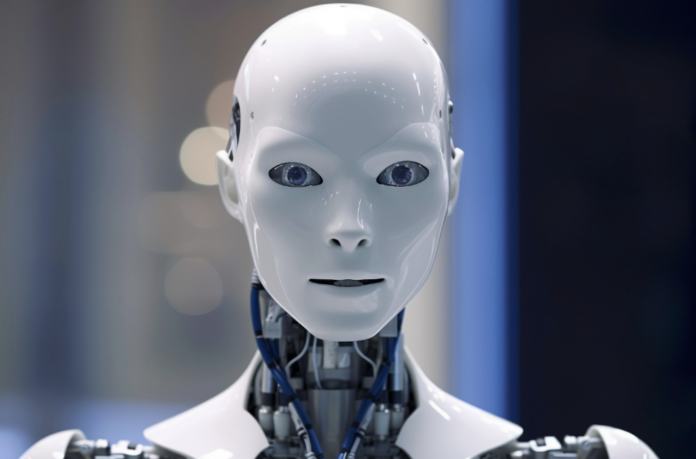A new humanoid is stepping into the workforce, engineered to perform manual tasks that many humans either don’t want or aren’t trained to do. Robotics startup Figure, established in 2022, has spent the past several months developing a two-legged, AI-powered robot, now known as Figure 01, which has just been revealed to the public.
Figure 01 is designed in a human-like form and is capable of bipedal walking. Its primary goal is to undertake the physically demanding work found in warehouses—work that currently suffers from a significant labor shortage in the United States. The idea is to replace roles that are either unappealing or require skills that many workers may not possess, with potential future applications including elder care and cooking.
A core aspect of Figure’s strategy is leveraging artificial intelligence. This enables the robot to continuously learn and improve, starting with simple tasks like lifting and carrying before advancing to more complex duties. The initial focus is on warehouse operations, performing heavy lifting tasks that are generally less desirable for human workers.
Brett Adcock, the founder of Figure, highlights the company’s commitment to reaching revenue quickly by tackling technically easier challenges first. Unlike the single-function robots already in use in warehouses—such as those that transport boxes or unload trucks—Adcock envisions a versatile humanoid capable of performing a broad range of tasks that would normally require multiple specialized robots.
Adcock, who invested $10 million of his own money into Figure in 2022 and has a history of successful ventures including a hiring platform and an electric aircraft company, now plans to funnel over $100 million into the project. By recruiting top talent from leading companies like Boston Dynamics and Tesla, Figure has assembled a team with deep expertise in robotics, AI, sensing, and navigation.
To date, Figure has developed five prototypes of its humanoid, designed with 25 degrees of freedom that allow for a wide range of movements—from bending fully at the waist to lifting objects from the ground to high shelves. While the current models primarily focus on walking, future iterations are expected to incorporate more dexterous hands to enhance functionality.
Extensive testing and refinement are on the horizon, with the aim of making the robots suitable for general warehouse tasks by the end of this year. There is even talk of a pilot program in 2024 involving 50 robots operating in a real warehouse environment. Although Adcock admits that developing such advanced hardware will be a long-term process—spanning decades—the initial focus is firmly on practical applications rather than on performing acrobatic feats.
Visually, Figure 01 sports a sleek, featureless design that differentiates it from other well-known robots like Boston Dynamics’ Atlas, which emphasizes mechanical agility, or Tesla’s Optimus, whose latest models lean more towards a futuristic aesthetic. Thanks to advanced electric motors, Figure 01 achieves smoother, more natural movement while keeping its mechanical components compact.
Ultimately, the vision behind Figure’s humanoid robot is one of continual improvement. As the robot learns and acquires new skills, its potential applications could expand well beyond warehouses—to manufacturing, retail, home care, and even space exploration. For now, though, the emphasis remains on demonstrating real, practical work in everyday settings.





